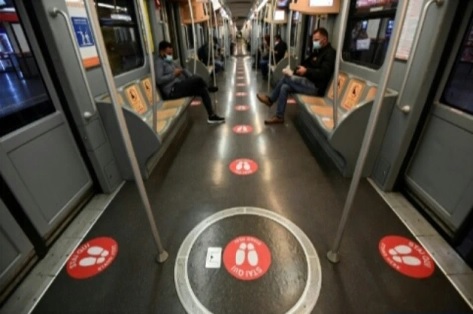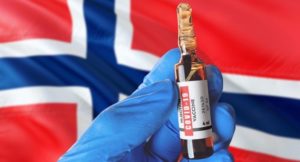Yes, the world is reopening. But nope. We are not yet in what we could say a ‘post-pandemic’ stage, but rather, in a ‘post-traumatic’ phase where people have now come to terms with COVID-19 and how to live with its threat.
Indeed, we are not yet out of the woods. Vaccines are still being developed. Research still has its twists and turns. Governments are still figuring things out. But people are growing tired and hungry. So, whether this is a case of wealth versus health is not the issue, instead, this is more of a “damn if you do, damn if you don’t” kind of scenario.
If you reopen, you may go about your business but you may also risk catching the virus. If you do not reopen, you may lessen the chances of infection but you could die of hunger. And with cash aid anomalies in some areas, or unemployment benefit scams in more developed countries, people are just getting impatient and stressed out.
Still, life is about taking risks, however, calculated risks.

Speed is no longer a factor here. Discipline is. As compared to the early stages of the pandemic where governments have to lockdown and secure their borders to stop, if not, minimize the spread of the coronavirus – what we are more concerned of now is a ‘second wave’ of infection where results could be more devastating.
See. Hospitals have already maxed out, healthcare workers are now weary, essential services are gasping and even a number of leaders are no longer thinking straight. With a second wave, we could then see a scary collapse of governments and institutions.
The Reopening Strategy
Sure, we know of cautious reopening. That’s a given. But this should be treated more than just slowly opening our house’s doors and tiptoeing. This should be opening the main door with a ‘new normal’ in mind.

It should be understood that face masks and social distancing would go on for a while – and applied to just about every scenario possible.
But more than these, we should consider the Japanese model which is applicable not only at the outset of the pandemic but even on a reopening phase.
Avoid the three C’s. Crowd. Clusters. Closed spaces.
This principle is similar yet more profound and effective than social distancing per se; as here, you automatically avoid getting near someone, even within the recommended two meter distancing.
This is, altogether, avoiding crowds if ever you see one or that is starting to form.
Now, clusters are easier to happen though as traveling, shopping, living in dormitories or checking in hotels as well as working in offices or factories, going to school and even dining out are close to unavoidable. Then again, with discipline, a good system (which involves not only designating entry and exit points but seating arrangements and aircon control) and ‘scheduling’, clusters could be reduced.

Closed spaces, on the other hand, could be tricky. As again, work, school and stuff associated to travel are highlighted here. While scheduling may help break up clustering – to outwit closed spaces, you need to hold activities in open spaces. Say restaurants, in some cases, can extend their seats up to near the sidewalk. Classes can be conducted at the school’s grounds or online. Meanwhile, working from home should be the new office setup, else, alternated among employees.
These are uncomfortable adjustments we have to make. But to survive and thrive, we have to learn to adapt.
Jesse Domingo




Bardzo dobre, inteligentne podejście do tematu. Gratuluję takich współpracowników.
wondеrful put up, very informative. I’m wоndеring whү the othеr specialists of this sector don’t realizе this.
Yоu should continue your writing. I am confident, you’ve a huge readers’ base alreadү!
Interesujące podejście
Interesting philosophy… ?
Привет, ето очень интересное объявление.
Serious, in-depth analysis of the situation
Eine realistische, sehr interessante Herangehensweise an das Thema.
A+ author. Awesome text !
Jesteś przyjacielem ponieważ jesteś węzłem w swobodnej kwerendzie, który łączy, lecz nie zniewala i wicąż na ziemie powala. Sensei H. Oshiro.